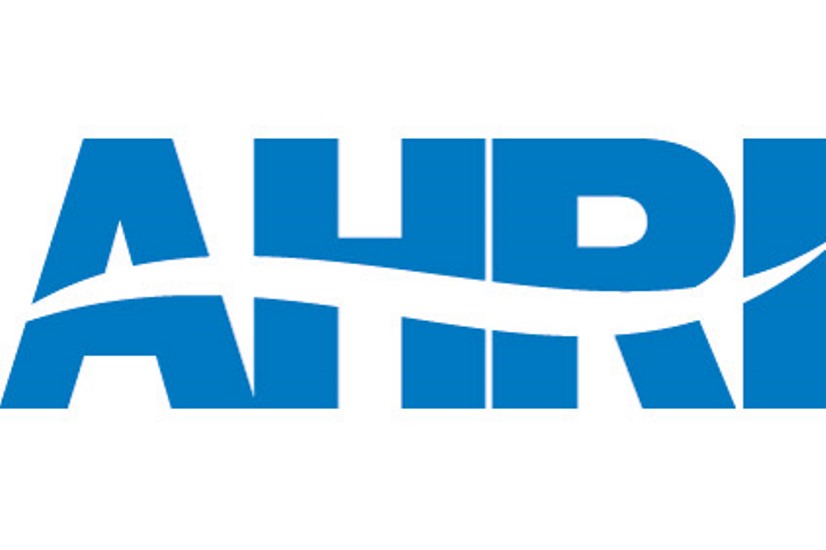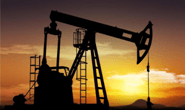Features

CRU: Supply side the focus on word of new sanctions and smelter curtailments
Written by Matthew Abrams
January 26, 2024
This week Magnitude 7 Metals issued a statement to announce the curtailment of its New Madrid smelter in Marston, Mo. The plant, one of only five remaining primary smelters in the US, employs approximately 450 union workers. With over 275,000 metric tons (mt) of capacity per year, New Madrid is the second-largest plant by capacity in the US and produced over 160,000 mt of primary in 2023, CRU estimates.
“The curtailment is a crisis for workers and the local community, and intervention from the state and federal government is needed to modernize and transform the plant,” the statement said before moving onto one of the key causes of the curtailment: “The single largest cost of smelting is electricity (40% of total production costs). While US electricity costs are undesirably high for aluminum relative to global rates secured by major aluminum producers, there are ways to reduce them. With new federal programs and the increasing buildout of renewable energy, there are creative solutions to securing the low-carbon, affordable energy that aluminum smelters need.”
The curtailment sent the LME price slightly higher, but the Midwest premium remained flat. This is partly due to expected restarts at other US based smelters during the 2024-2025 time frame which should make up for this loss of production. The premium has also been completely unaffected by all major geopolitical and macro events over the past six months which hints at demand being the main factor needed to start the premium’s recovery.
EU could impose full ban of Russian aluminum in next round of sanctions
The LME 3-month price has jumped over $100/mt this week, following reports that a next round of sanctions by the EU could impact Russian aluminum as a whole. News website Politico released a feed saying that “Russian aluminum products” were among the goods in focus for the EU’s next sanction package on Russia. The website quoted various EU diplomats as its source. In particular, the website mentions that given the aluminum smelting process requires a large amount of electricity, the view of the EU was that sanctioning Russian aluminum would be another way of sanctioning Russian energy.
The European aluminum association, European Aluminum, has been in favor for some time for broader restrictions against Russian aluminum. The association argued last month that previous sanctions still left around 85% of Russian aluminum exports to the EU untouched. Indeed, a twelfth round of sanctions announced by the EU in early December did include aluminum, but this was limited to aluminum wire, tubes and pipes. This week’s report suggests that European Aluminum‘s voice is getting some traction among European politicians. Indeed, Politico quoted an EU diplomat saying that EU countries would soon be discussing “additional elements which all in all become a proposal of a full ban”. If agreed by member states, this would be part of a thirteenth round of sanctions that could be introduced before we reach the second year since the onset of the war, which begun on Feb. 24, 2022.
As for Europe, exposure to Russian aluminum remains significant but not across all products. Looking at the HS code 7601 (Aluminum, Unwrought) the EU 28 region imported 5.9 million mt in the YTD period up to November 2023. Of this amount, close to 500,000 mt came from Russia, which is down 34% over the same period in 2022. This places Russia in seventh position only, with countries such as Norway, Iceland, UAE, Mozambique, Bahrain and India in front.
Looking now at the split between unalloyed (76011) and alloyed products (76012), the percentage change is very different. If imports of unalloyed metal are down 43% y/y in 2023 (YTD November), those of alloyed products are down only 8%. This suggests that while Europe has removed its dependence on ingot from Russia, it remains dependent on value-added products (VAPs).
So far, the impact on premiums has been limited due to weak demand, as VAP premiums are much more sensitive to demand trends than ingot. However, this could change quickly. Nevertheless, as demand is not set to improve substantially in 2024 H2 and given many European consumers have already diversified their suppliers, we do not expect a huge impact on premiums in the short-term.
However, the LME price is a different story as it is more closely linked to market sentiment. A full ban would certainly send a bullish signal, but perhaps the biggest challenge would be for the LME exchange itself. Indeed, the LME could be put under more pressure to act, as 90% of its available warrants now are from Russian origins. Whether the LME price would fall as a result to reflect unwanted Russian aluminum is pure speculation, but we can expect the LME exchange to do everything to maintain an orderly market. For now, the market focus is on the potential tighter supply that a full ban would bring, which is bullish LME, but it might soon move to what the LME may or may not do in the near future. All of this is only assuming that a full ban goes ahead, which of course is only market speculation for now.
This article was first published by CRU. Learn more about CRU’s services at www.crugroup.com/analysis.
Matthew Abrams
Read more from Matthew AbramsLatest in Features

Price: Reciprocal tariff changes and potential new tariffs for Brazil, Canada, others
Trade issues do not seem poised to leave the headlines anytime soon. And as recent developments show, the administration’s tariff policy remains ever-changing.

SMU Scrap Survey: Sentiment Indices rise
Both current and future scrap sentiment jumped this month, though survey participants reported responses before key trade news was announced.

HVAC equipment shipments bounce back in May
Heating and cooling equipment shipments grew from April to May, according to the latest data released by the Air-Conditioning, Heating, and Refrigeration Institute (AHRI).

US drilling activity falls further, climbs in Canada
US oil and gas drilling activity continued to decline for the 11th consecutive week, while Canadian counts climbed for the sixth week in a row, according to the latest data from Baker Hughes.

SMU Survey: Sentiment splits, buyers have better view of future than the present
SMU’s Steel Buyers’ Sentiment Indices moved in opposite directions this week. After rebounding from a near five-year low in late June, Current Sentiment slipped again. At the same time, Future Sentiment climbed to a four-month high. Both indices continue to show optimism among buyers about their company’s chances for success, but suggest there is less confidence in that optimism than earlier in the year.
